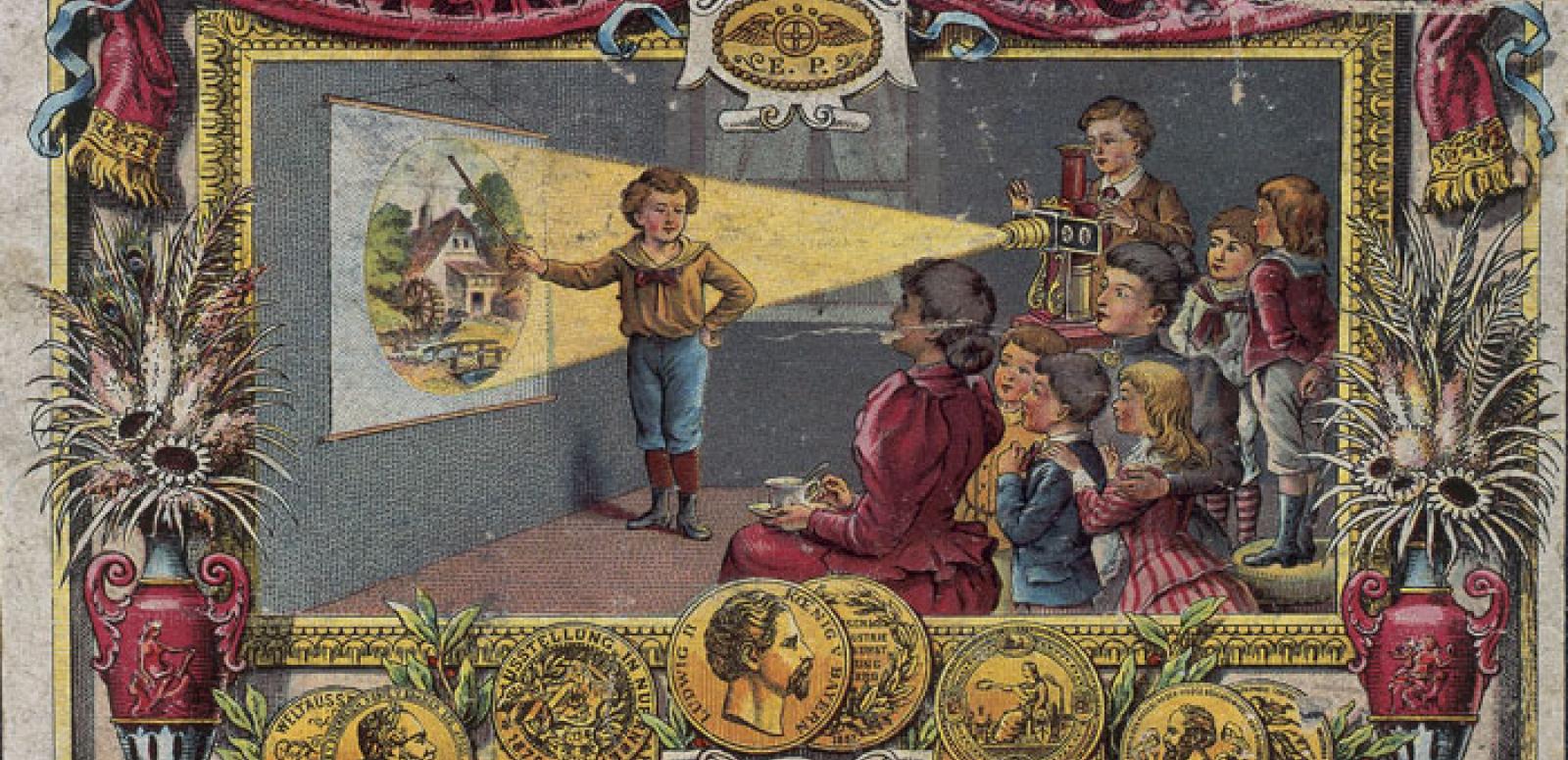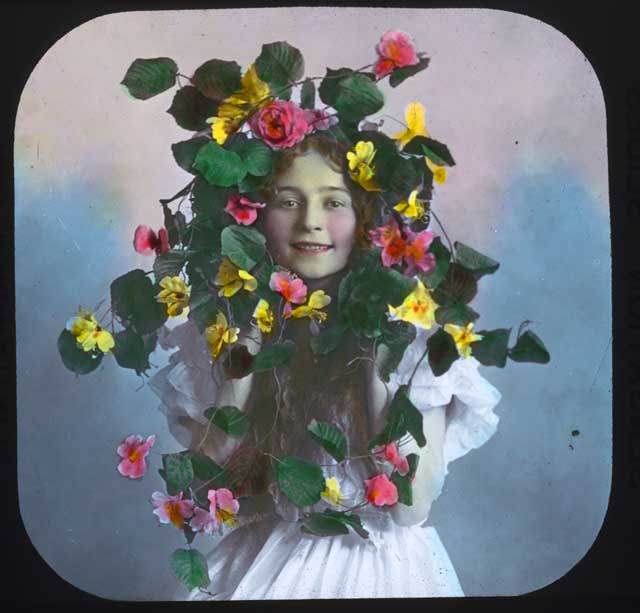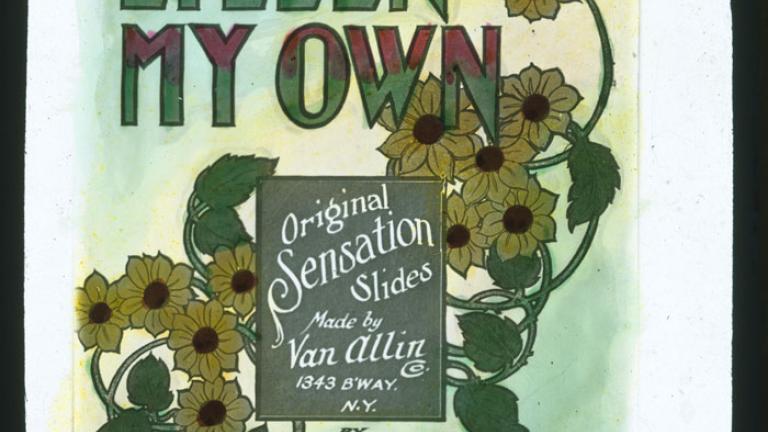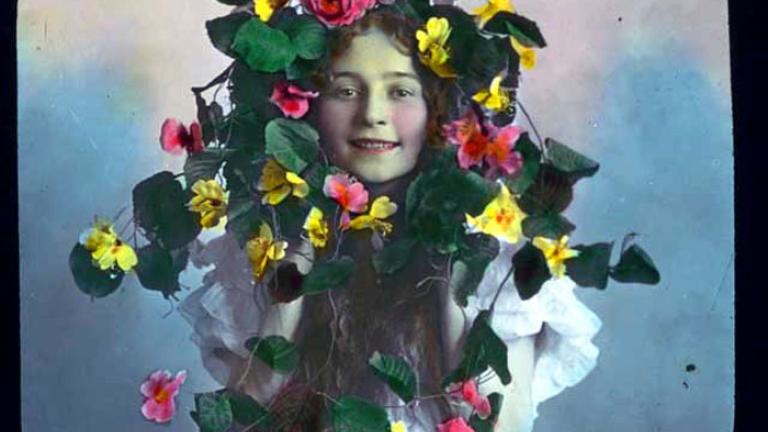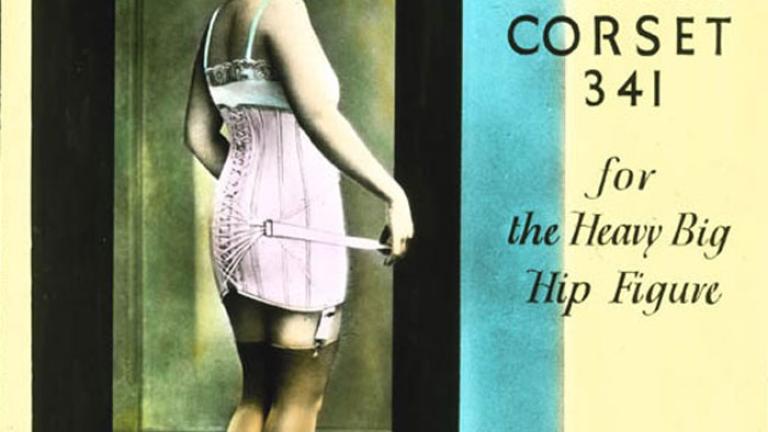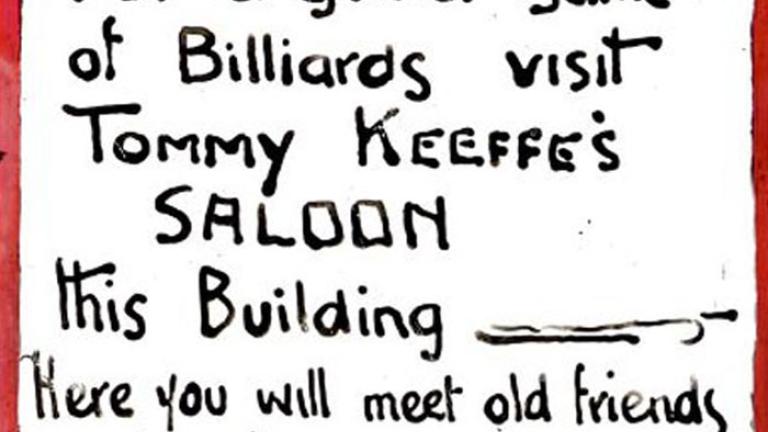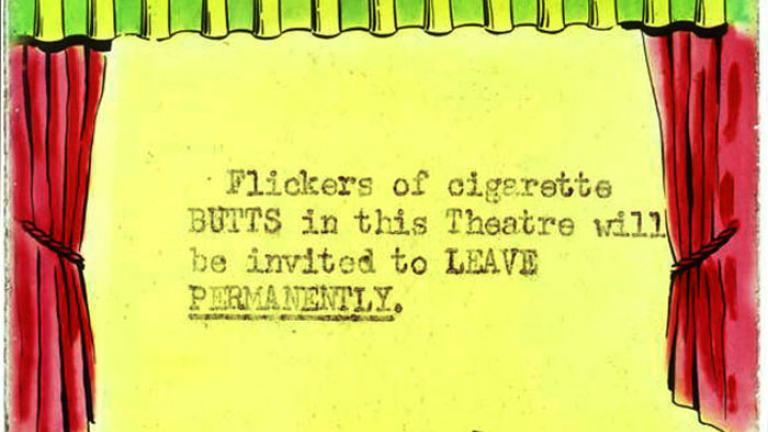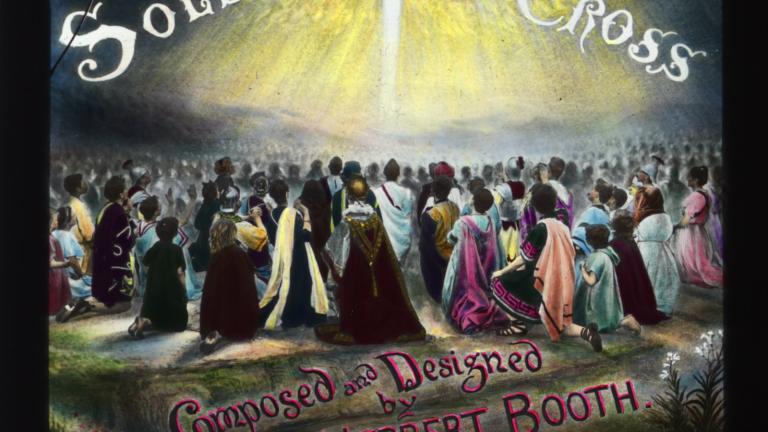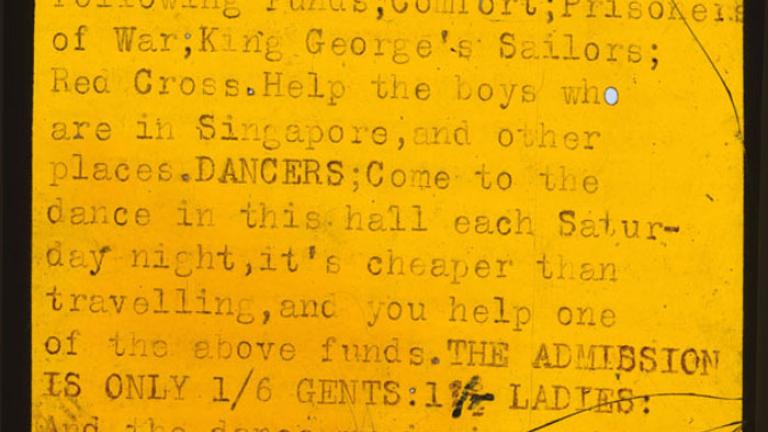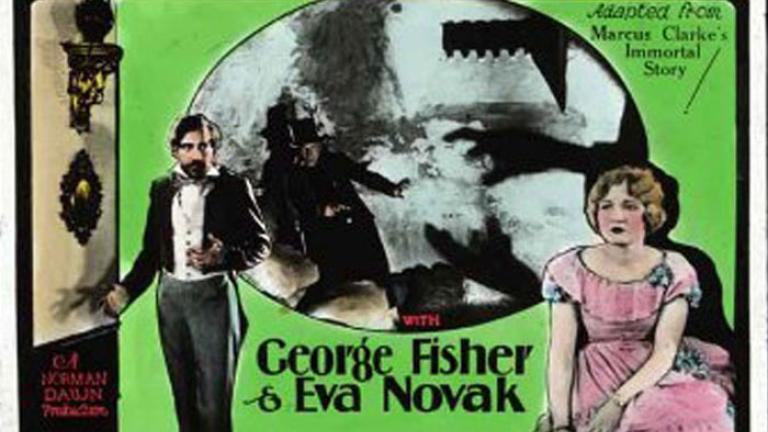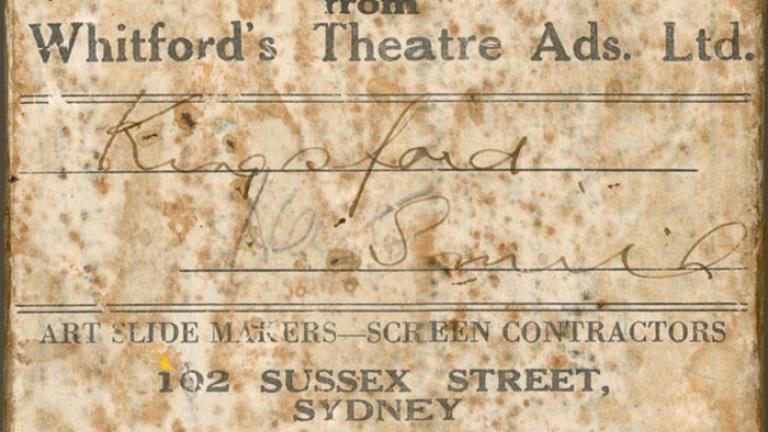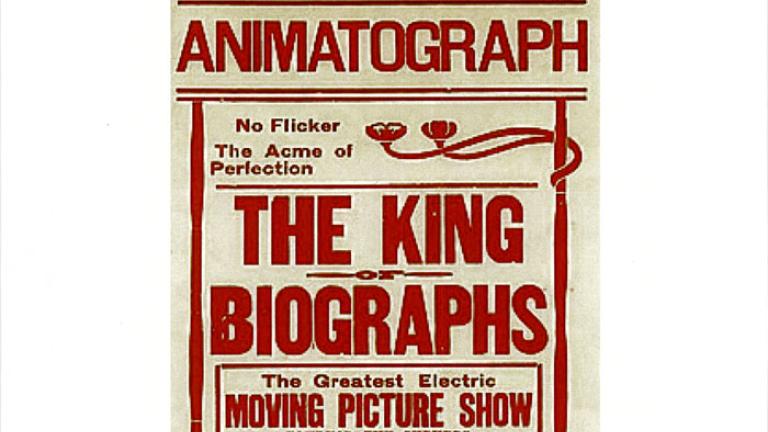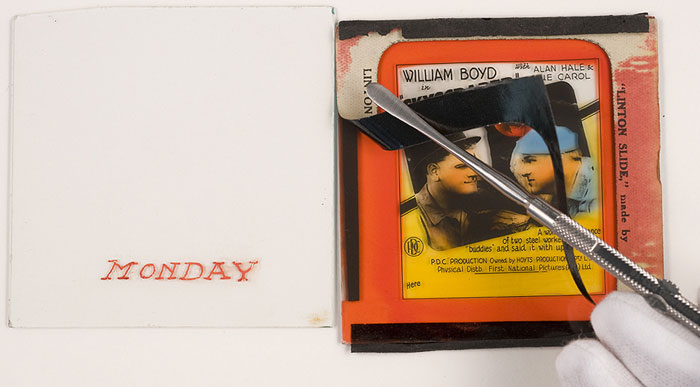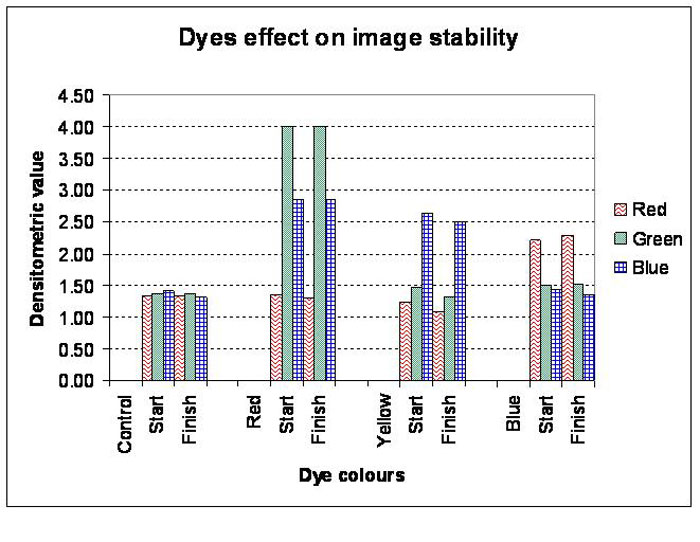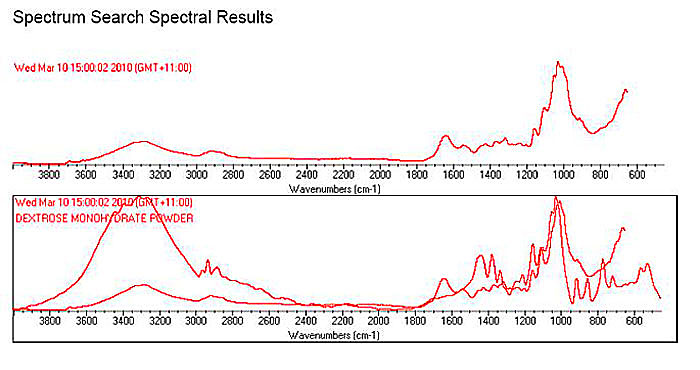In 2005 the NFSA embarked on an ambitious project to digitally preserve some 10,000 glass slides in the national collection.
NFSA conservator Shingo Ishikawa and digitisation specialist Darren Weinert talk about cinema slides and their history, manufacture and preservation.
This is the first in a three-part series. Read Part two and Part three.
A short history of the cinema slide
Magic lantern slides consisting of hand-painted images on glass date back to the 17th century.1 Developments in photography during the 19th and early 20th century made it possible to produce lantern slides in greater numbers, using a range of techniques.
In 1847 or 1848, French inventor Claude Félix Abel Niépce de Saint-Victor successfully used albumen to make a photographic negative glass plate.
Brothers William and Frederick Langenheim in the US extended Niépce’s work2, using a negative plate to print a positive image onto glass. The transparent positive image proved suitable for projection. In 1850, the Langenheim’s patented the ‘hyalotype’, a name coined from the Greek hyalos, meaning glass.

